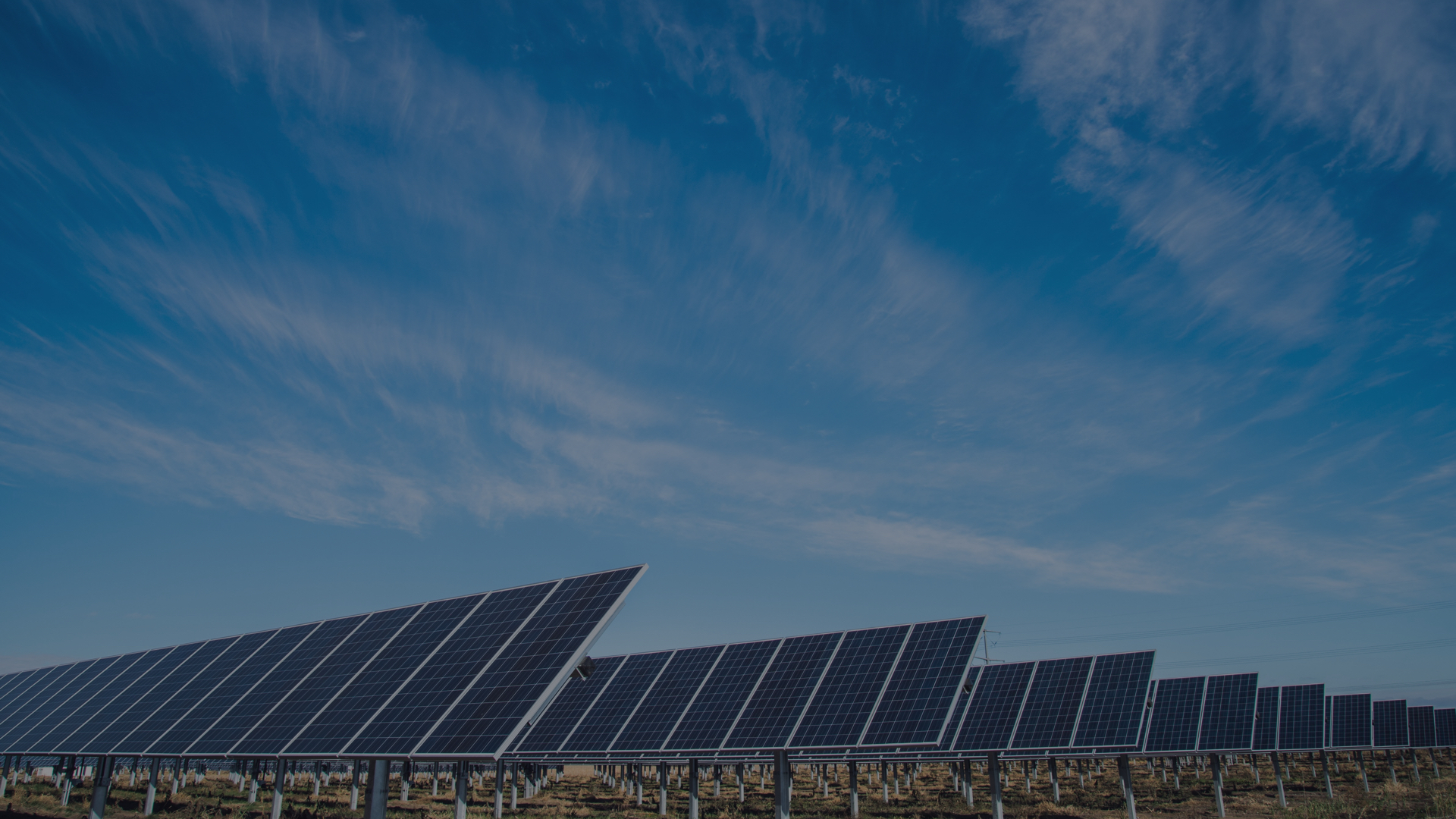Buildings of the future could be “clothed” in a flexible, power-generating material that looks like denim. The Canadian company developing the material says it can be draped over just about any shape – greatly expanding the number of places where solar power can be generated.
The inventors hope their power-generating material will enable architects to design complex, curvy buildings that can nevertheless carry solar cells. One day, consumer products such as personal stereos and cellphones might also harness “denim-power” to charge their batteries.
Unlike conventional solar cells, the new, cheap material has no rigid silicon base. Instead, it is made of thousands of inexpensive silicon beads sandwiched between two thin layers of aluminium foil and sealed on both sides with plastic. Each bead functions as a tiny solar cell, absorbing sunlight and converting it into electricity. The aluminium sheets give the material physical strength and act as electrical contacts.
The idea comes from Spheral Solar of Cambridge, Ontario, which acquired patents on the concept in 1997. Spokesman Milfred Hammerbacher expects the company to start making its flexible panels next year.
Recycling Silicon
The manufacturing process uses waste silicon from the chip-making industry, which is melted down and shaped into spheres about one millimetre across. Next, the cores of the silicon spheres are doped with boron atoms, which turn it into a “p-type” (positive) semiconductor. Then phosphorus atoms are diffused into the outer layer of the beads, converting it into a negative “n-type” material.
Spare electrons in the n-type material flow into holes in the p-type – which establishes an electric field across the p-n junction. This field pulls apart the electron and hole produced when a photon of light is absorbed by the silicon. These charges then flow through an external circuit via the aluminium contacts, creating a current.
The arrays are simple to make. The spheres are dropped into a perforated aluminium sheet, which makes contact with the n-type material on the surface. Some of the exposed n-type surface is then etched away to reveal the p-type core, and a second aluminium sheet is applied – making electrical contact with the p-type core. Both surfaces are then sealed with a plastic sheet.
Bumpy surface
The bumpy surface presented by the spheres offers a large area for absorbing light, giving the material an overall efficiency of 11 per cent. This is comparable to the performance of conventional photovoltaic cells, and much better than proposed flexible designs based on conducting polymers.
Dan Davies, an engineer at Solar Century, a renewable energy company based in London, UK, says that Spheral’s new material looks very similar to blue denim. Architects will like it much better than conventional solar panels, he says. “At the moment, solar panels are like the Model T Ford – there are few design options.”
The flexible solar panels can follow the curves of modern buildings or roofs, and because they are much lighter than conventional panels they don’t need specially reinforced structures to support them.
